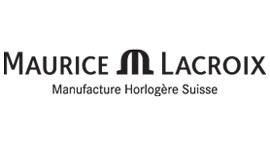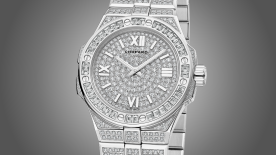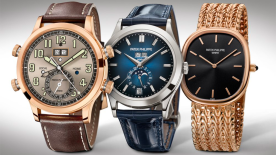“It is oxidating but it will be a slow process,” Maurice Lacroix managing director Stéphane Waser points out, referring to the patina on the month-old Aikon Venturer Bronze I had in my hands. The faint patina – the slight darkening on its bronze shell is actually a layer of copper oxide, formed when copper reacted with oxygen.
This is why bronze is a living material that is rarely seen in its pure state, a colour that depends on its composition, typically a mix primarily of copper with a certain percentage of tin and perhaps silicon, manganese, aluminium, nickel, arsenic, phosphorus and zinc.
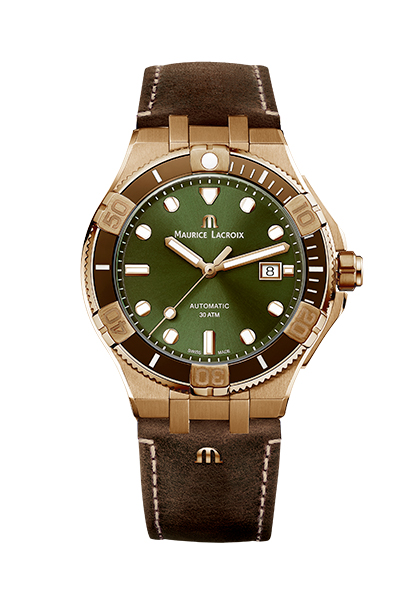
Now what must be noted is that unlike destructive oxidation like rust, the patina on bronze is a protective layer that prevents corrosion of the copper beneath it. This explains the relatively good corrosion resistance of bronze in industrial, rural and marine atmospheres. One fine example is the Statue of Liberty in New York that is fully oxidised after 30 years and with its protective copper oxide layer measuring around 0.005 inches (0.0127cm) thick.
Interestingly, while copper, lead and gold were already being mined way before 6500 B.C.E., such pure metals were deemed too soft for producing durable knives for hunting and cooking, according to the reference book, The Professional Chef’s Knife Kit. It further adds that by around 3600 B.C.E., copper was being alloyed with tin, resulting in the harder, more utilitarian bronze that became the first metal strong enough to hold an edge for knife blades.
However, gold, silver and stainless steel are more corrosion-resistant as compared to bronze. Now the trump card or should we say, edge, held by bronze including copper and brass, is their antimicrobial property and this means such material can kill harmful and deadly bacteria, a claim backed by efficacy tests.
It is acknowledged that antimicrobial alloys used in doors, furniture, bed rails, faucets, sinks and intravenous stands, among other things, can be used in healthcare facilities to minimise harmful bacteria, states the Copper Development Association, Inc.
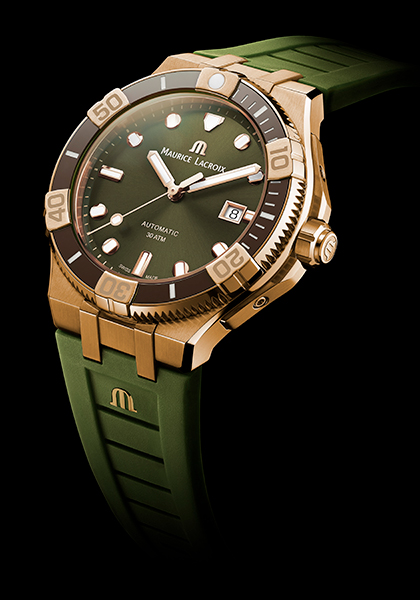
Will such antimicrobial alloys be able to take on viruses as well? An article on Harvard Medical School’s website notes that a recent study found that the COVID-19 coronavirus can last up to 24 hours on cardboard. What is surprising is that it can survive up to between two and three days on plastic and stainless steel. Contrast this to copper surfaces where the survival time of the COVID-19 coronavirus is up to four hours.
You can now understand the deeper personal appreciation gained for bronze watches that has now gone beyond the aesthetics. Maurice Lacroix’s Aikon Venturer Bronze is undoubtedly a functional and sporty timepiece with its unidirectional rotating bezel, water resistance to 300 metres and Easychange system that allows for the convenient swop of its rubber strap to the brown vintage leather strap in a matter of seconds. Coupled with its racing green dial, the bezel with six unique “arms” (claws) and chocolate-coloured ceramic bezel insert, this is a strong-looking piece in the aesthetics department.
The sporty Aikon Bronze is better suited for those who can carry it well on their wrist especially with knowledge that the patina will continually evolve with the aged look becoming even more noticeable over time. It is definitely not for those obsessed with having pristine and clean-looking wristwatches.
The Aikon Bronze is obviously not meant to be worn as a tool for use against bacteria and viruses but it does give the owner comfort in knowing that this wristwatch is unlikely to be a carrier or transmitter of harmful pathogens, … four hours after any contact. Perhaps it might be a more suitable timepiece to be worn when visiting high-risk areas such as hospitals, the dentist and even the private medical practitioner?
Having said that, what might be worth serious thought for the foreseeable future is a bronze watch touting the antimicrobial property and with the pulsometer chronograph.


